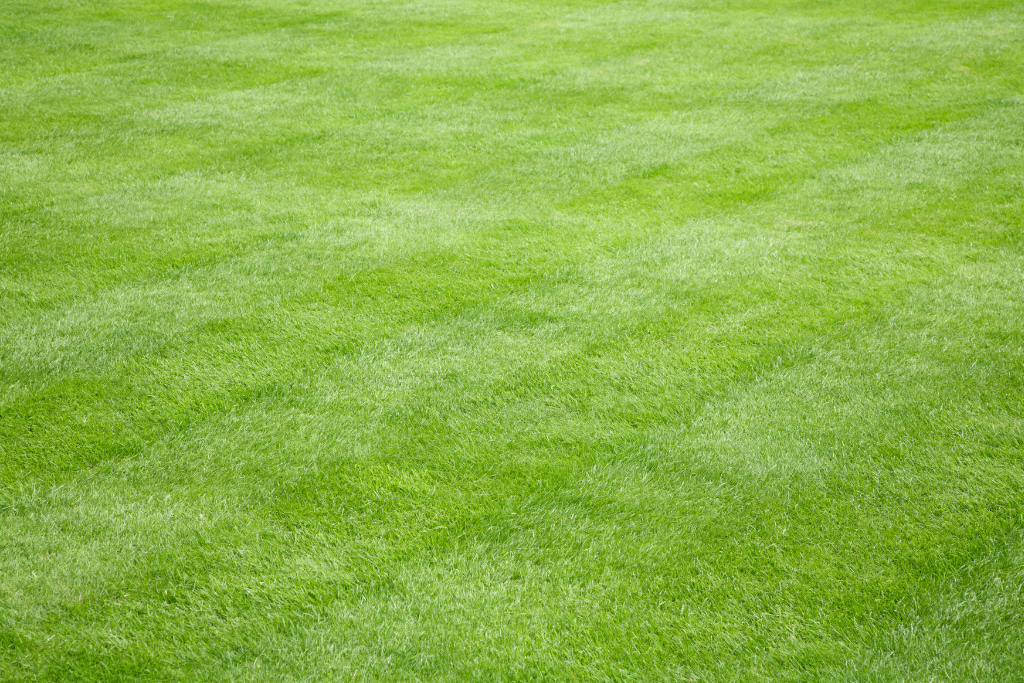Preparing your lawn for the cold weather in New Jersey involves a series of tasks. These tasks will help your grass survive the chilly fall and cold winter and come back strong in the spring. Here's a step-by-step guide on preparing your lawn for the fall and winter.
Preparing Your Lawn for the Fall and Winter

Fall Lawn Care Tips | Cold Weather Lawn Preparation:
- Aeration & Overseeding
- Fertilization & Weed Control
- Mow your Lawn
- Avoid Heavy Lawn Foot Traffic
- Leaf Management / Fall Yard Cleanup
- Watering
- Lawn Disease Prevention
- Winterize Your Irrigation System
Fall lawn care in New Jersey is essential for preparing your lawn for the colder months and ensuring its health and beauty come spring. Here are some specific tips for preparing your lawn for the fall and winter season.
Fall and Winter Lawn Preparation Guide
Aeration & Overseeding
Aerate your lawn in early fall to relieve soil compaction and improve water and nutrient penetration. Consider overseeding your lawn with a cool-season grass blend to fill in thin areas and promote a lush appearance. Aerating your lawn is one of the best things you can do for it. We offer aeration and seeding services. If you're interested click below.
Learn More: Aeration and Seeding Service
Fertilization
Apply a high-quality, fertilizer in late summer or early fall. This helps build strong root systems. This will help your grass roots survive winter and come back with strong growth in the spring. Fertilizing your lawn helps to promote lush, green growth and also aids in disease resistance. Along with aeration, fertilization is one of the best things you can do for your lawn.
Weed Control
Apply a broadleaf weed killer to control weeds like dandelions and clover. Fall is a good time to target perennial weeds. Without proper weed control aggressive weeds will take every opportunity to invade your lawn come spring. You can manually remove weeds, by grabbing the weed by the base and pull the entire root out. You can also apply late summer or early fall weed control applications.
Mowing
Continue mowing as needed, gradually reducing the mowing height as the grass growth slows down. Avoid scalping the lawn. Mowing is an important job that can help reduce the amount of snow mold (brown spots) you will have on your lawn come spring when the snow melts. Also, never mow your lawn if it has frost on it.
Leaf Management / Yard Cleanup
Regularly rake and remove fallen leaves from the lawn to prevent mold, disease, and suffocation of the grass. Doing a fall yard / leaf cleanup will limit bugs, rodents, and it will help eliminate disease and funguses. In addition, your yard will look neat and clean!
Watering
Water your lawn deeply and less frequently as temperatures cool. Ensure the lawn is well-hydrated before the first frost. Watering your lawn in the fall can also help your lawn recover from summer stress / heat.
Disease Prevention
Keep the lawn free of excess moisture to prevent diseases like snow mold. Avoid over-irrigating and promote good air circulation by reducing foot traffic and aerating your lawn.
Pest Management
Monitor for pest activity like grubs and apply treatments if necessary. Early fall right before the temperatures drops is the best time to go after grubs. Grubs feed on grass roots and soil matter. This is what causes sections of your grass to die or not grow back in the spring. If you feel that you may have a grub problem it should be address very quickly.
Avoid Heavy Lawn Traffic
Minimize foot traffic on your lawn to prevent soil compaction. Oxygen, water, and nutrients won't be able to access your root system when the soil is compacted. Oxygen, water, and nutrients are critical for lawn growth come spring time. If your lawn has heavy foot traffic we strongly recommend that you aerate your lawn.
Winterize Irrigation System
If you have an irrigation system, ensure it's properly winterized to prevent freezing and damage.
Plan for Spring
Take note of any areas that need improvement and plan for spring lawn care tasks such as dethatching and reseeding. Doing a soil test is a great way to determine if your lawn requires specific nutrient adjustments.
Preparing Your Lawn for Winter is Essential for Several Reasons:
Winter Survival
Lawns can face stress during the winter months due to freezing temperatures, ice, and snow. Proper preparation helps your grass develop stronger roots and overall resilience to survive these harsh conditions.
Root Health
Winter lawn care focuses on strengthening the root system. Healthy roots are crucial for the lawn's long-term vitality and ability to absorb nutrients and water.
Spring Recovery
A well-prepared lawn in the fall sets the stage for a quicker and healthier recovery in the spring. If your lawn goes into winter in a weakened state, it will take longer to bounce back once the growing season begins.
Pest and Disease Prevention:
Cleaning up debris, removing leaves, and addressing potential pest issues in the fall will help prevent pest infestations and diseases over the winter months.
Weed Control:
Fall lawn care practices like fertilization and weed control help reduce the number of weeds that could take root and spread in the spring. Weeds will root in the fall and pop up when growing season begins in the spring.
Improved Appearance:
Lawns that are properly prepared for winter tend to have a healthier, greener appearance once the growing season returns. This can enhance the curb appeal of your property.
Cost Savings:
Investing time in fall lawn care can save you money in the long run. A healthier lawn requires fewer interventions and treatments to recover from winter stress or pest issues.
Time Efficiency:
Addressing lawn care tasks in the fall, such as aeration, overseeding, and fertilization, can be more efficient than dealing with extensive lawn repair and renovation in the spring.
Erosion Prevention:
A healthy lawn helps prevent soil erosion during winter storms, which can protect the overall structure of your yard and prevent runoff.
Environmental Impact:
A well-maintained lawn contributes positively to the environment by absorbing rainwater, filtering pollutants, and providing oxygen.
By preparing your lawn for winter, you're investing in its long-term health and ensuring that it has the best possible chance to thrive once the growing season returns. It's a proactive approach that helps you avoid potential problems and creates a foundation for a beautiful, vibrant lawn.
We have almost 50 years of combined, local lawn care industry experience. So when it comes to treating your property we understand the regional challenges you face and we know the most effective solutions for long-lasting results! So if you're looking for superior service provided by local experts, Healthy Lawn is your smart choice!


